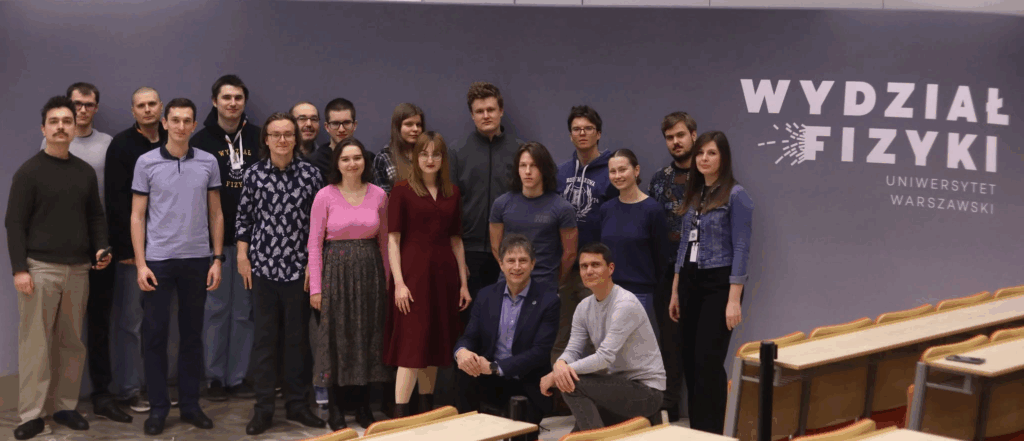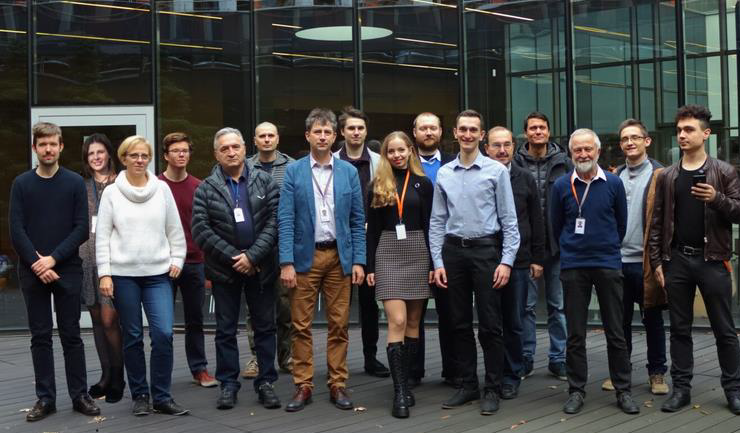Step into the world of layered materials with the LML Group!

Unlocking the Potential of van der Waals Materials. Welcome to the LML Research Group, where we’re pushing the boundaries of next-generation technologies. We delve into the fundamental building blocks of van der Waals materials, meticulously exploring their growth, electrical behaviors, and spectroscopic signatures through advanced techniques like Raman, X-ray, and luminescence analysis.
Our expertise lies in the epitaxial growth of high-quality hexagonal boron nitride (h-BN) via MOVPE, crafting structures from the thinnest monolayers to micrometer thicknesses. This exceptional h-BN serves as the cornerstone of our current investigations, enabling us to tackle exciting challenges such as achieving p-type doping, harnessing far ultraviolet emission and absorption, and constructing intricate, large-area van der Waals heterostructures. Join us at the forefront of materials science!
LML group in 2021

